Rising Adoption of Robotics
The integration of robotics in manufacturing processes is driving the growth of the United States Industrial Machine Vision Market. As industries increasingly adopt robotic systems for tasks such as assembly, packaging, and inspection, the need for machine vision technology becomes paramount. Machine vision systems provide robots with the necessary visual feedback to perform tasks accurately and efficiently. The robotics market is projected to grow at a CAGR of approximately 12%, indicating a robust demand for complementary technologies like machine vision. This synergy between robotics and machine vision is likely to enhance productivity and operational efficiency, further propelling the growth of the United States Industrial Machine Vision Market.
Increased Demand for Automation
The United States Industrial Machine Vision Market is experiencing a notable surge in demand for automation across various sectors. Industries such as automotive, electronics, and pharmaceuticals are increasingly adopting machine vision systems to enhance operational efficiency and reduce labor costs. According to recent data, the automation market is projected to grow at a compound annual growth rate (CAGR) of approximately 10% over the next five years. This trend is driven by the need for precision and speed in manufacturing processes, where machine vision plays a critical role in quality assurance and defect detection. As companies strive to remain competitive, the integration of advanced machine vision technologies becomes essential, thereby propelling the growth of the United States Industrial Machine Vision Market.
Advancements in Imaging Technologies
Technological advancements in imaging technologies are significantly influencing the United States Industrial Machine Vision Market. Innovations such as 3D imaging, hyperspectral imaging, and high-resolution cameras are enhancing the capabilities of machine vision systems. These advancements enable more accurate inspections and analyses, which are crucial for industries that require stringent quality control measures. For instance, the introduction of 3D vision systems allows for better depth perception and object recognition, which is vital in complex manufacturing environments. The market for imaging technologies is expected to expand, with projections indicating a growth rate of around 8% annually. This evolution in imaging technology is likely to drive the adoption of machine vision solutions, thereby fostering growth within the United States Industrial Machine Vision Market.
Growing Focus on Safety and Compliance
The emphasis on safety and compliance within manufacturing processes is a significant driver for the United States Industrial Machine Vision Market. Regulatory bodies are increasingly mandating stringent safety standards, compelling manufacturers to adopt machine vision systems for monitoring and compliance purposes. These systems facilitate real-time inspections, ensuring that products meet safety regulations and quality standards. The market for compliance-related technologies is anticipated to grow, with estimates suggesting a CAGR of 7% over the next few years. As industries prioritize safety and compliance, the demand for machine vision solutions that can provide reliable monitoring and reporting is likely to increase, thereby enhancing the overall growth of the United States Industrial Machine Vision Market.
Expansion of E-commerce and Retail Automation
The expansion of e-commerce and retail automation is significantly impacting the United States Industrial Machine Vision Market. As online shopping continues to grow, retailers are increasingly investing in automated systems for inventory management, order fulfillment, and quality control. Machine vision technology plays a crucial role in these automated processes, enabling accurate scanning, sorting, and tracking of products. The e-commerce sector is expected to witness a growth rate of around 15% annually, which will likely drive the demand for machine vision solutions. This trend indicates a shift towards more automated and efficient retail operations, thereby contributing to the overall growth of the United States Industrial Machine Vision Market.


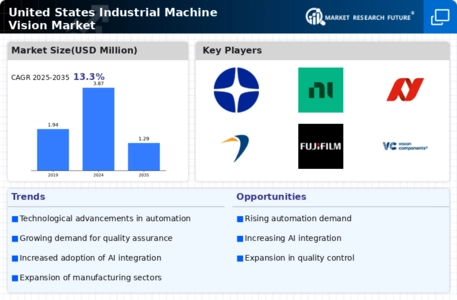


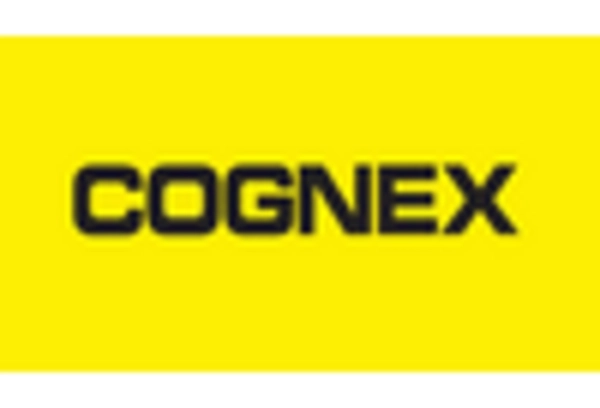
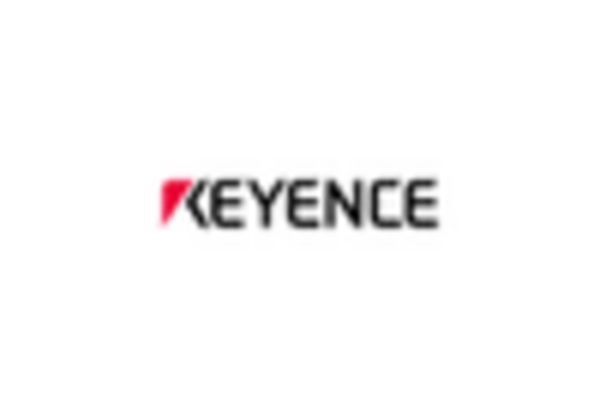
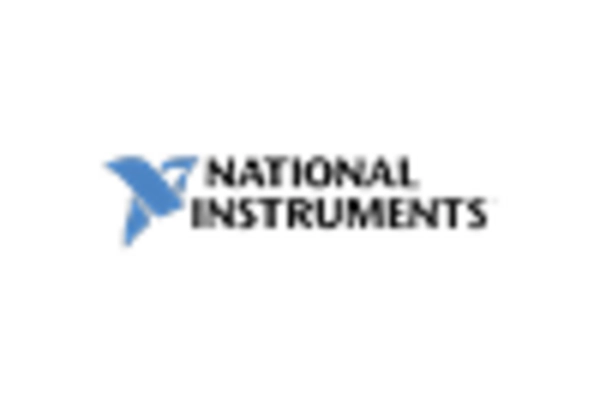

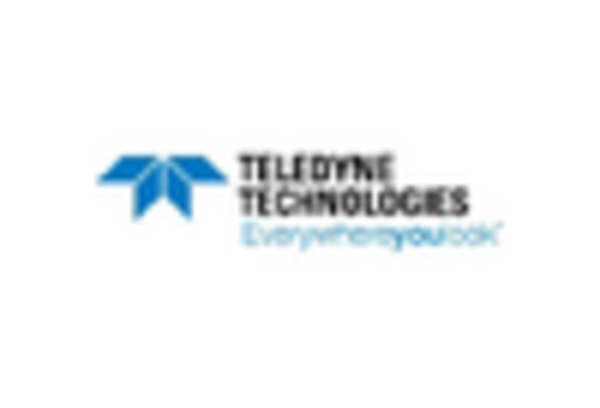








Leave a Comment